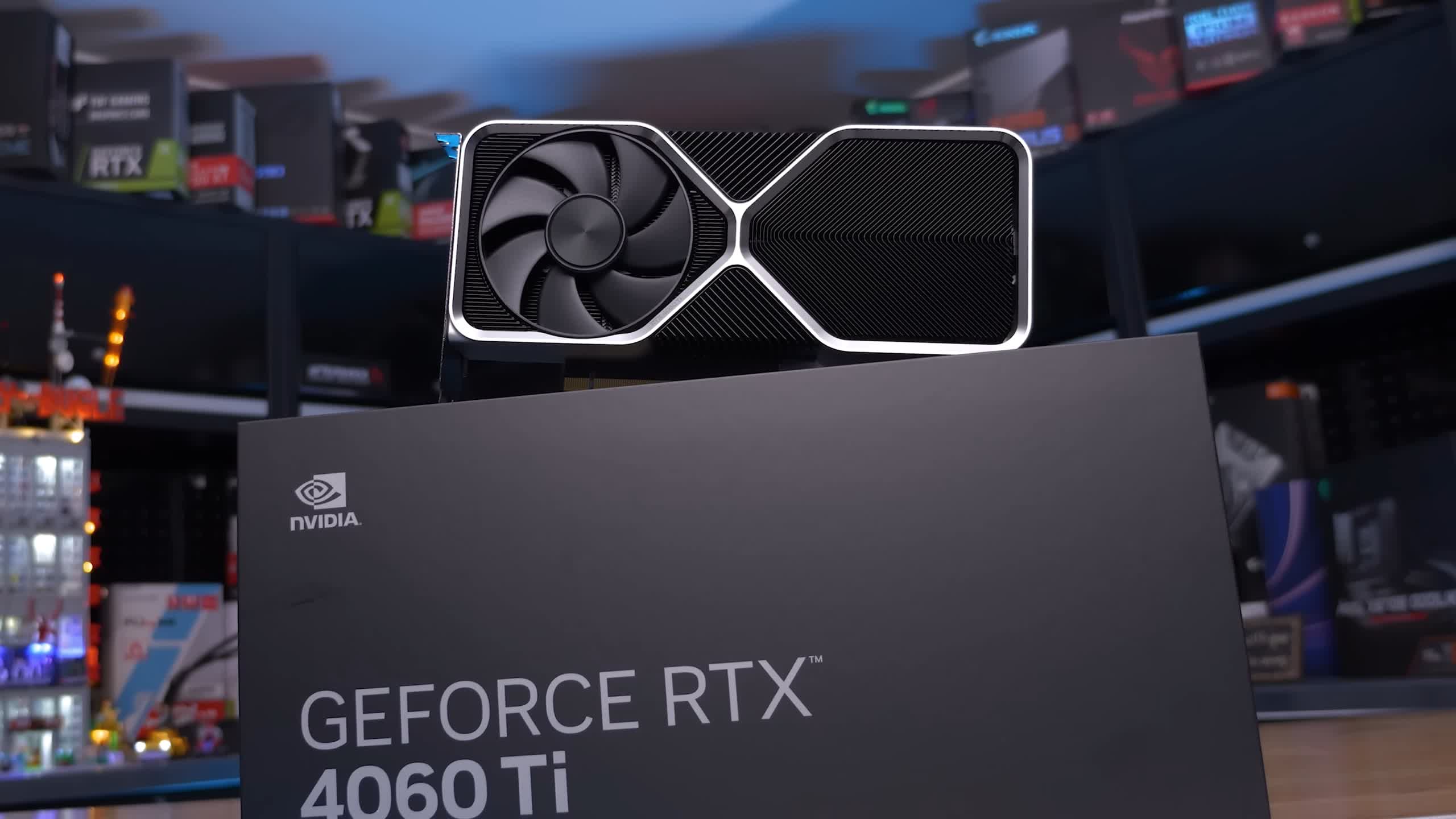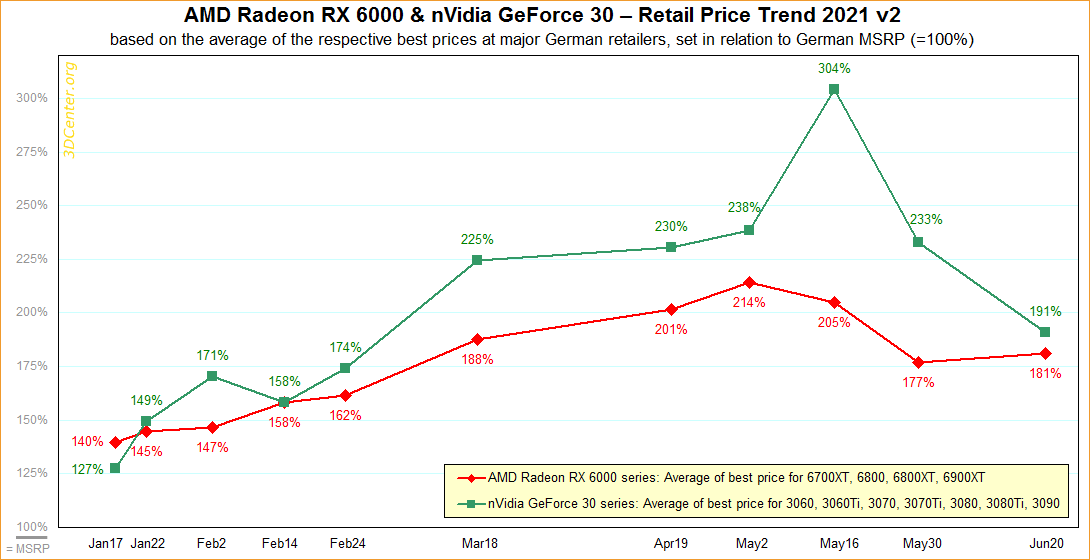In a nutshell: Remember the bad old days of 2021 when graphics card prices were, in some cases, selling for more than three times their MSRP? While the series of events that led to that situation is (hopefully) unlikely to happen again, a new report claims that prices are increasing in China as demand exceeds supply, and that could lead to hikes in other locations.
China has seen its high-end Nvidia RTX 4080 and RTX 4090 D prices increase recently, writes IT Home. Citing reports in the Taiwanese media, it adds that this trend has now spread to other products further down Nvidia's card hierarchy, with add-in board partners set to raise prices by around 10% on average.
The publication uses the RTX 4060 Ti as an example of the price increases. It claims that Nvidia has been limiting supply of the mid-range card to keep the prices high as the previous market inventory has been depleted. Demand is outstripping supply – a condition that leads to products becoming more expensive, as we saw a few years ago.
IT Home writes that Asus, Gigabyte, Zotac, and Rainbow raised the prices of their Nvidia cards recently. The RTX 4070 Super series went up 100 yuan, which is only around $14, admittedly. A 10% increase would be 490 yuan, or about $68, so it sounds as if the larger increases are on their way.
The report also mentions that some older-generation Nvidia cards have become slightly more expensive, too, including the RTX 3050 series and even the former Steam survey favorite the GTX 1650 series.
Three years ago, massive demand fueled by the lockdowns combined with global chip shortages and skyrocketing crypto led to an enormous spike in graphics card prices. In May of 2021, Nvidia cards sold for over 200% their MSRP, and that was only if you could find one in stores. There was always the option of paying scalpers several thousand dollars on eBay.
A small increase in China certainly doesn't mean another global graphics card price crisis, but it will probably impact other locations. That would no doubt make the prospect of buying one of Nvidia's midrange cards even less appealing, given that the RTX 5000 series is rumored to land late this year or early in 2025, and that's not even mentioning AMD's RDNA 4 series and Intel's Battlemage cards.

